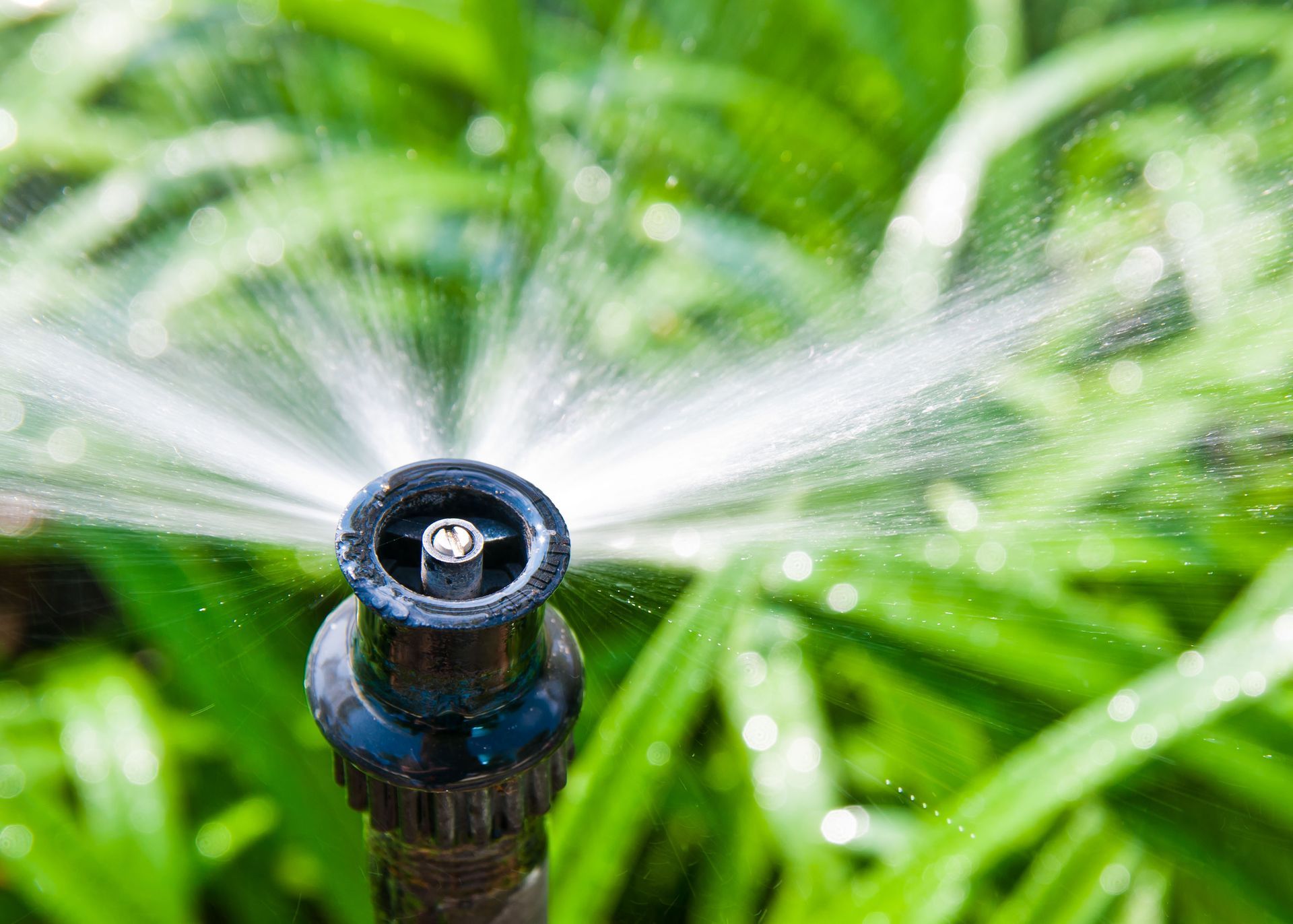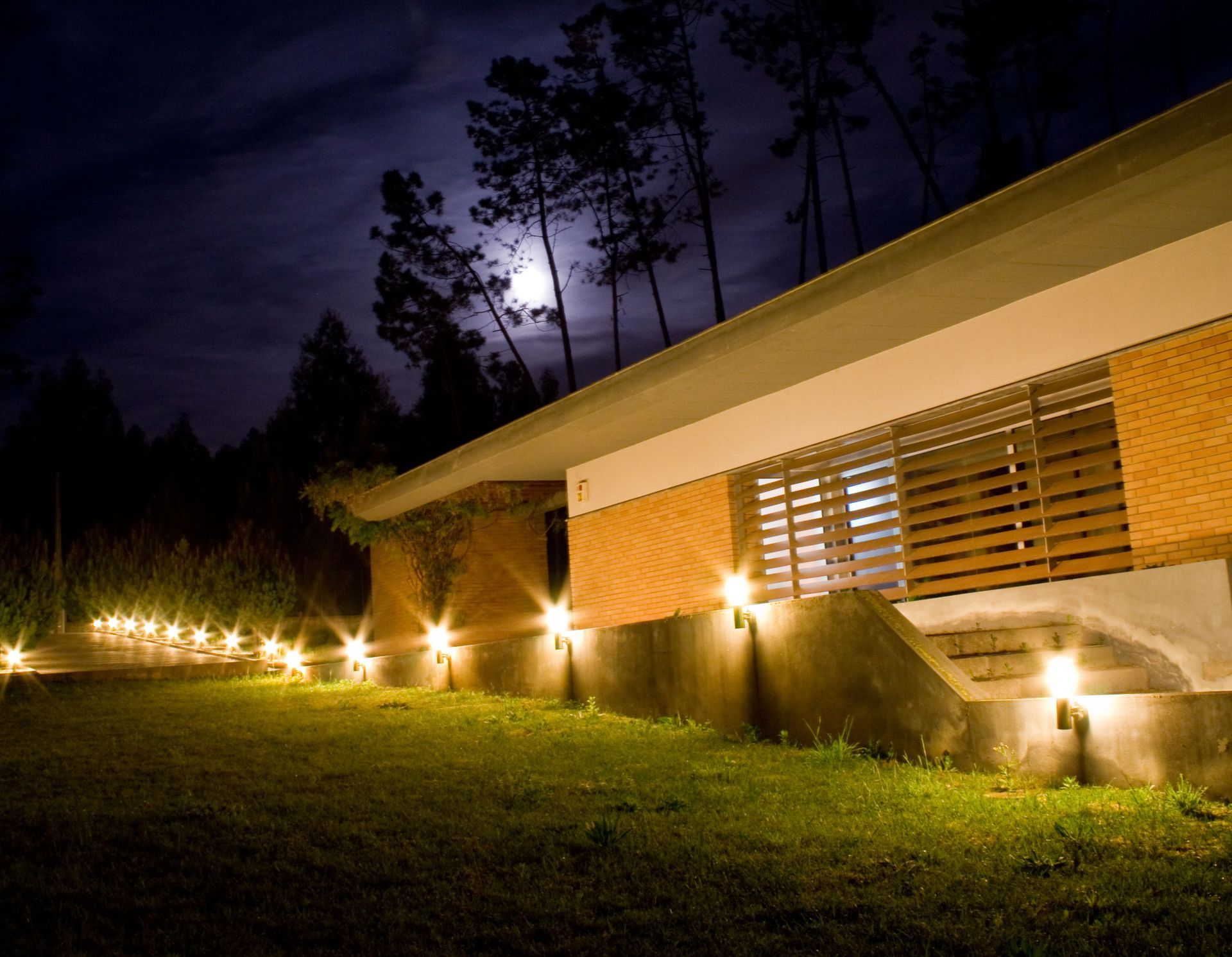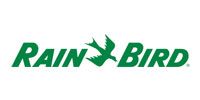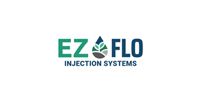October 10, 2025
Water-based fertilization, the process of combining fertilization with irrigation, is transforming how lawns and crops receive nutrients. Unlike traditional methods that rely on surface spreading or basic watering, water-based fertilization delivers nutrients directly to the root zone with precision and consistency. This approach maximizes nutrient uptake, reduces waste, and supports healthier plant growth. According to Forbes, fertilizing a lawn every six to eight weeks during the prime growing season is key to maintaining vibrant greenery. Drip fertilization not only streamlines this process but also integrates with modern irrigation systems, making it an efficient choice for homeowners and farmers alike. Below, we explore why fertigation outperforms conventional methods and why it’s becoming essential for sustainable landscape and crop management.
1. Enhance Nutrient Efficiency
Fertigation delivers nutrients precisely to plant roots, eliminating the uneven distribution common with traditional fertilization. By integrating nutrients into irrigation water, this method ensures plants receive exactly what they need for optimal growth. Drip fertilization reduces nutrient loss from runoff and volatilization, supports consistent nutrient uptake, and allows customization based on soil, crop type, and seasonal needs. For homeowners, this means healthier lawns; for farmers, stronger roots and higher yields. This precision supports sustainable practices by conserving fertilizers and reducing environmental impact.
Irrigation fertilization also allows for split nutrient applications, where smaller amounts of fertilizer are applied more frequently rather than one large application. This prevents nutrient shock and ensures plants receive a steady supply, promoting uniform growth. Traditional methods often deliver nutrients in a single, heavy application, which can stress plants or result in significant nutrient runoff. By controlling the timing and concentration of nutrient delivery, water-based fertilization provides a highly efficient approach to plant nutrition.
Drip fertilization systems can accommodate multiple nutrient types simultaneously, including nitrogen, phosphorus, potassium, and micronutrients. Homeowners and landscapers can adjust concentrations based on soil testing and plant requirements, ensuring optimal nutrient balance. This level of precision is nearly impossible with traditional broadcast fertilization methods, highlighting fertigation’s efficiency and environmental benefits.
2. Conserve Water Efficiently
Drip fertilization systems deliver water directly to plant roots, ensuring efficient usage and minimal waste. By localizing water application, evaporation is reduced and runoff is minimized, helping maintain soil integrity. During dry spells, water-based fertilization maintains consistent moisture, supporting drought resilience. Additionally, drip fertilization integrates seamlessly with water-saving technologies like drip irrigation, allowing both homeowners and farmers to maximize resource efficiency while keeping plants healthy.
This precise water delivery also reduces the risk of overwatering, which can cause root diseases and nutrient leaching. Traditional sprinkler systems often spray water over wide areas, leaving parts of the lawn or field overwatered while others remain dry. Water-based fertilization ensures even water distribution, providing plants with the moisture they need for optimal nutrient uptake.
In areas with water restrictions, fertigation can be particularly beneficial. Because nutrients are combined with water, fewer irrigation cycles are necessary, conserving both water and energy. This efficiency not only supports plant health but also reduces utility costs, making it a sustainable and economical solution for residential and commercial landscapes alike.
3. Increase Crop and Lawn Performance
Water-based fertilization accelerates plant growth by supplying nutrients consistently throughout the growing season. This promotes robust root and shoot development, enhances plant quality, and improves resistance to pests and disease. Drip fertilization can extend growing seasons and allow multiple crop cycles within a single season, making it a valuable tool for maximizing productivity. Predictable nutrient delivery also helps homeowners maintain lush lawns and farmers plan harvests with greater accuracy.
Healthier plants grown with irrigation fertilization also show better stress tolerance. Whether dealing with heat, drought, or pest pressures, nutrient-rich and well-irrigated plants can recover faster and maintain growth. Traditional methods often leave plants vulnerable between fertilization cycles, which can slow recovery and reduce overall yield or lawn quality.
Fertigation also supports uniform crop development, which is critical for commercial growers. For homeowners, this uniformity means lawns that are consistently green, dense, and weed-resistant. The precise control of water and nutrients allows for higher-quality results than standard fertilization methods can provide.
4. Reduce Costs Effectively
Automating fertilization reduces labor associated with manual applications and eliminates inefficiencies from over-fertilizing. Targeted nutrient delivery lowers fertilizer usage, while efficient water management reduces irrigation costs. The continuous supply of nutrients also minimizes crop or lawn loss from deficiencies or stress. Over time, these savings accumulate, supporting long-term cost-effective landscape and agricultural management.
Water-based fertilization also reduces the risk of expensive plant loss due to improper nutrient or water application. By ensuring consistent growth and health, it minimizes the need for replacement plants or corrective treatments. In addition, when integrated with monthly maintenance services, drip fertilization allows homeowners and landscapers to budget more accurately for both labor and materials.
By combining water-based fertilization with other Orion’s Rain services, such as sod installation or underground drainage solutions, homeowners can create a comprehensive lawn care strategy. Healthy, well-nourished sod establishes faster, while efficient drainage prevents nutrient runoff, maximizing the long-term benefits of fertigation investments.
5. Protect the Environment
Fertigation helps reduce chemical runoff by delivering nutrients directly to roots, preventing contamination of nearby waterways. It promotes soil health by balancing nutrients and reducing compaction, encourages biodiversity, and limits over-fertilization. Resource conservation is improved through optimized water and nutrient use, and the practice supports organic nutrient applications, making irrigation fertilization compatible with sustainable and environmentally conscious landscaping and farming.
The environmental benefits extend to carbon footprint reduction as well. Less fertilizer and water usage reduces the energy needed for production, transport, and application. By minimizing runoff and overapplication, water-based fertilization prevents soil degradation and protects aquatic ecosystems, making it a responsible choice for conscientious homeowners and farmers.
Drip fertilization also contributes to resilient ecosystems within landscapes. Consistent nutrient and water management supports strong root systems, improving soil structure and microbial activity. This foundation helps plants better withstand environmental stresses and contributes to long-term landscape sustainability.
6. Integrate Technology Seamlessly
Modern fertigation systems offer automation and smart technology integration. Sensors and IoT devices allow for real-time monitoring and control, optimizing irrigation schedules and nutrient delivery. Data-driven decisions ensure that plants receive exactly what they need when they need it, reducing waste and improving efficiency. By adopting drip fertilization, farms and landscapes are prepared for future challenges, from climate variability to advanced agricultural technology.
We at Orion's Rain integrate these technological solutions into our services, providing automated water-based fertilization systems that work in tandem with sprinkler systems, gutter solutions, and monthly lawn care services. This approach ensures consistent nutrient delivery and water management without constant manual oversight. Remote monitoring allows adjustments based on weather patterns or plant needs, giving homeowners and landscapers complete control over their landscapes.
Technological integration also supports long-term planning and predictive maintenance. Data collected from water-based fertilization systems can guide soil amendments, irrigation adjustments, and seasonal nutrient applications, enabling smarter decisions that save money and resources over time. This forward-thinking approach aligns with modern landscape management goals and ensures healthier lawns and crops year-round.
Irrigation fertilization surpasses traditional methods by improving nutrient efficiency, conserving water, boosting yields, reducing costs, and protecting the environment. We have incorporated water-based fertilization into our services to deliver consistent and precise results for lawns and crops alike. By combining drip fertilization with other Orion’s Rain offerings, including sprinkler systems, sod installation, and underground drainage solutions, we create landscapes that are not only beautiful but also sustainable and resilient. Explore our solutions and see how our fertigation systems can help your lawn or crops thrive while supporting smarter resource management and long-term landscape health.













